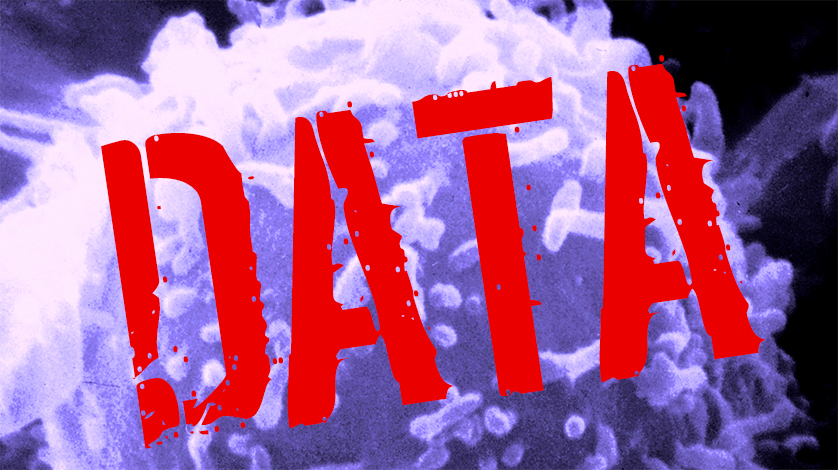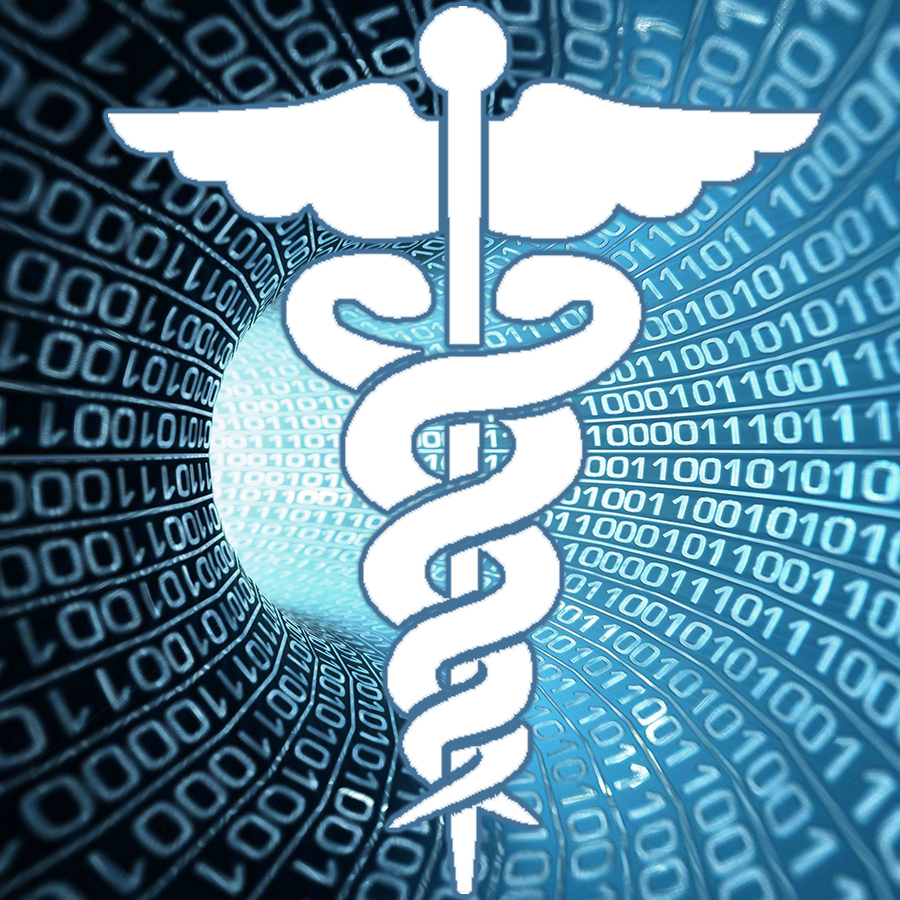Big data is radically transforming society’s wellness.
Over the past several years, innovations in computing power and the affordability of new technology has enabled nearly every economic sector to optimize its impact. Using big data, or the concept of analyzing millions of loosely-correlated datapoints to paint a much larger picture, researchers in New York State are working to improve the quality of life for all.
By identifying emerging trends in disease, combining and enabling access to patients’ digital medical records from across the globe, and combining research findings to better understand the human body, the latest generation of research scientists across New York are positioning a more vibrant life for humanity in the coming decades. Here’s some example of what is being done:
1. Predicting flu season so you can avoid getting sick

By using “information streams” containing electronic health records, researchers at SUNY Downstate Medical Center are working to apply sophisticated lab testing and social media to identify disease patterns and give early detection warnings when a virus has undergone changes. This practice has the potential to help providers recognize patterns even among people who don’t go to the doctor or the hospital, ultimately helping to produce a complete picture of the overall human toll and cost of a season of flu.
For example, if there is a disease outbreak in Miami, Florida–a hotbed of tourism from around the world–health officials can track the progression of the disease via macro web searches on social media for symptoms across the globe while those who have received treatment can be tagged and classified, thus ensuring the infection is defeated most efficiently. This allows doctors who are seeing patients in Moscow that just returned home from Florida to better understand what needs to be done to heal them and why.
2. Increasing the understanding of breast and prostate cancer

While experts are still searching for cures to a myriad of cancers, the chances of surviving breast and prostate cancer are better than ever before. New state-of-the-art equipment at University at Albany’s Cancer Research Center enables massive data analysis to be performed on the study of breast and prostate cancer genetic mechanisms. The use of this equipment provides scientists with a way to monitor changes in DNA and RNA. After all, the first step to solving a problem is understanding it.
3. Connecting medical records so your doctors are in sync

When arriving at a hospital or visit at a doctor’s office, you’ll expect a nurse to pull up your medical history to ensure you receive proper treatment. A patient’s medical record typically contains a vast amount of information, some standardized for use in computer information systems, but a lot of the information may be written in unstructured free text. Sometimes, for example, a reaction to a prescription might lead to a hospital emergency room visit, but all the records relating to this may not be linked and accessible in a database.
In collaboration with Partners Healthcare in Boston, researchers of the University at Albany are developing natural language processing technology to automatically extract information from narrative medical records. These records contain comprehensive information about patients’ symptoms, diseases and treatments.
Cool stuff!
Flu photo: Stony Brook Independent



